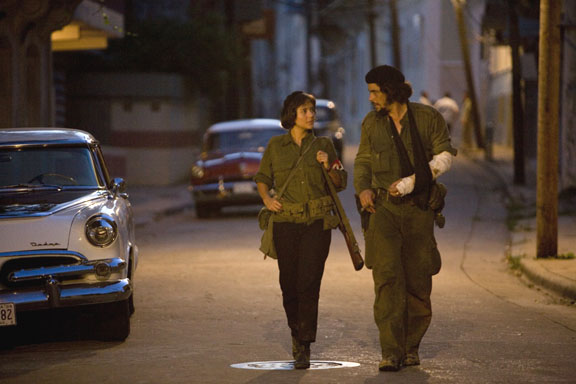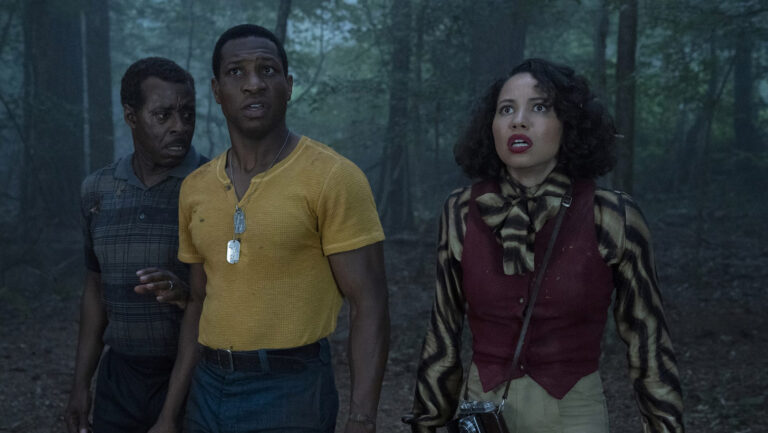Film Review: Che: Part One And Two
Epic Biopic More Bluntly Informative Than Passionately Provocative


and I get all future videogame rights.”

Castro Brand Blunts!


